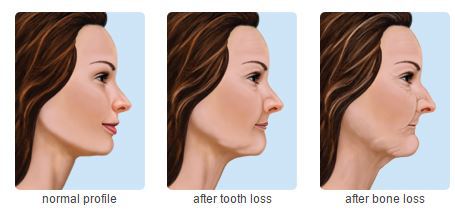Something to forgive. With this in mind I study the portraits by El Greco in his retrospective recently at the Metropolitan Museum. All are lauded as “psychological interpretations” of the sitters’ personali- ties. All are beautiful to me beyond belief, but none so much as “An Elderly Gentleman” and “Diego de Covarrubias,” both of which portray men whose mouths are just a bit off center.
Something to forgive. I like this phrase, when applied to beauty, because it is so unclassical, because it links beauty with feelings. I repeat it to my dentist. He gets it; he’s after “naturalness.” When creating a new mouth for someone, he says, he strives for some irregularity, “to subtly depart from a perfect arrange- ment of teeth.”
But can beauty be explained — or explained away — by a formula? What is beauty? Let’s look at modern literature. There’s an answer I like implicit in the description of my favorite J. D. Salinger character in his story “Down at the Dinghy”:
The swinging door opened from the dining room and Boo Boo Tannenbaum, the lady of the house, came into the kitchen. She was a small, almost hipless girl of twenty-five, with styleless, colorless, brittle hair pushed back behind her ears, which were very large. She was dressed in knee-length jeans, a black turtleneck pullover, and socks and loafers. Her joke of a name aside, her general unprettiness aside, she was — in terms of permanently memorable, immoderately perceptive, small-area faces — a stunning and final girl.
There is nothing about Boo Boo’s appearance that can be considered beautiful by fashionable or classical standards or by perceived notions of what is “cool.” One knows instinctively that no “golden ratio” will apply to her face. But Salinger makes a distinction here between inner and outer beauty, and has us believing that Boo Boo’s inner beauty is manifest enough for us to recognize it when we see her. Beauty fades, beauty passes, beauty is ephemeral. These are buzz phrases in our culture. We accept them so thoroughly that we are constantly saying, “She must have been a beauty once,” about lovely elderly women, as if beauty is something that applies only to the young. But faces like Boo Boo’s, or that of El Greco’s “Elderly Gentleman,” are beautiful forever. “Beauty is truth, truth beauty,” wrote Keats to end his Ode on a Grecian Urn. Truly beautiful faces express the truth about their wearers.
What is beauty? The debate inherent in the question will go on forever. We are bound to return again and again to the timeless simplicity of form following function, bound to be pulled away by our appetite for the new or the embellished. I end with a definition that may be applied to people or objects: Beauty is one’s inner reality expressed so authentically on one’s exterior that it takes the breath away. We see something whole, and we are awed. The experience is a revelation.
This article was reprinted without permission from Global Health Nexus, a publication of New York College of Dentistry.



